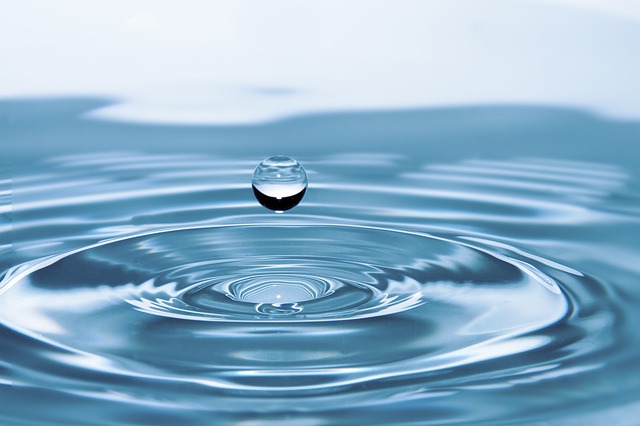Sources of Exposure: Water

Because our body is composed of about 70% water, it is essential to drink clean, pure water for optimal health. Professor Louis Claude Vincent, a hydrologist, spent years comparing mortality rates with the quality of drinking water. Through his studies, he looked at infectious diseases, cardiovascular disease, cancer, and degenerative disease and their links to water quality.
He found:
1) More deaths due to infectious diseases were found in countries with polluted water
2) Less death due to infectious diseases in countries with “artificial” (chlorinated or ozonated) drinking water; but increased incidence of heart disease, diabetes, and cancer
Through his work, he developed three parameters to determine water quality: pH (acidity or alkalinity), rH2 (redox or reduction/oxidation potential), and r (resistivity or mineralization).
Assessing the values of these parameters allow us to determine the possible contamination in our drinking water and our subsequent filtration techniques.
There are various filtration techniques that may be employed to remove impurities in drinking water. Inorganic contaminants such as fluoride, arsenic, and chromium, and inorganic minerals may be removed with reverse osmosis (RO) filtration systems.
Using RO filters will generally improve the r (resistivity) value in water quality measurement. Carbon filters are most commonly used in water filtration, generally removing odours and improving taste. However, there are some carbon block filters that will deal with other environmental contaminants such as lead, mercury and volatile organic compounds (VOCs). These filters may modify the pH and potentially the redox of the water.